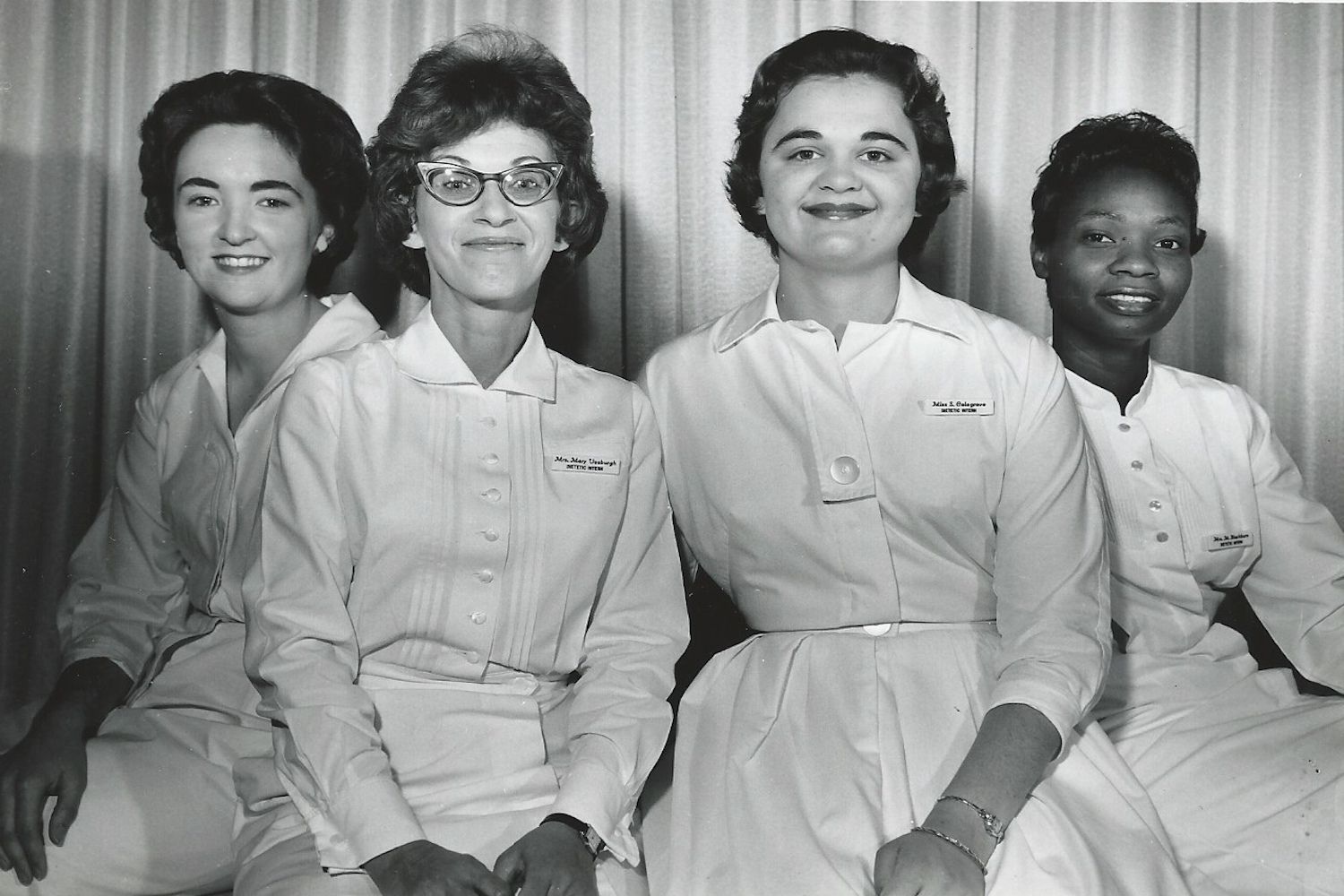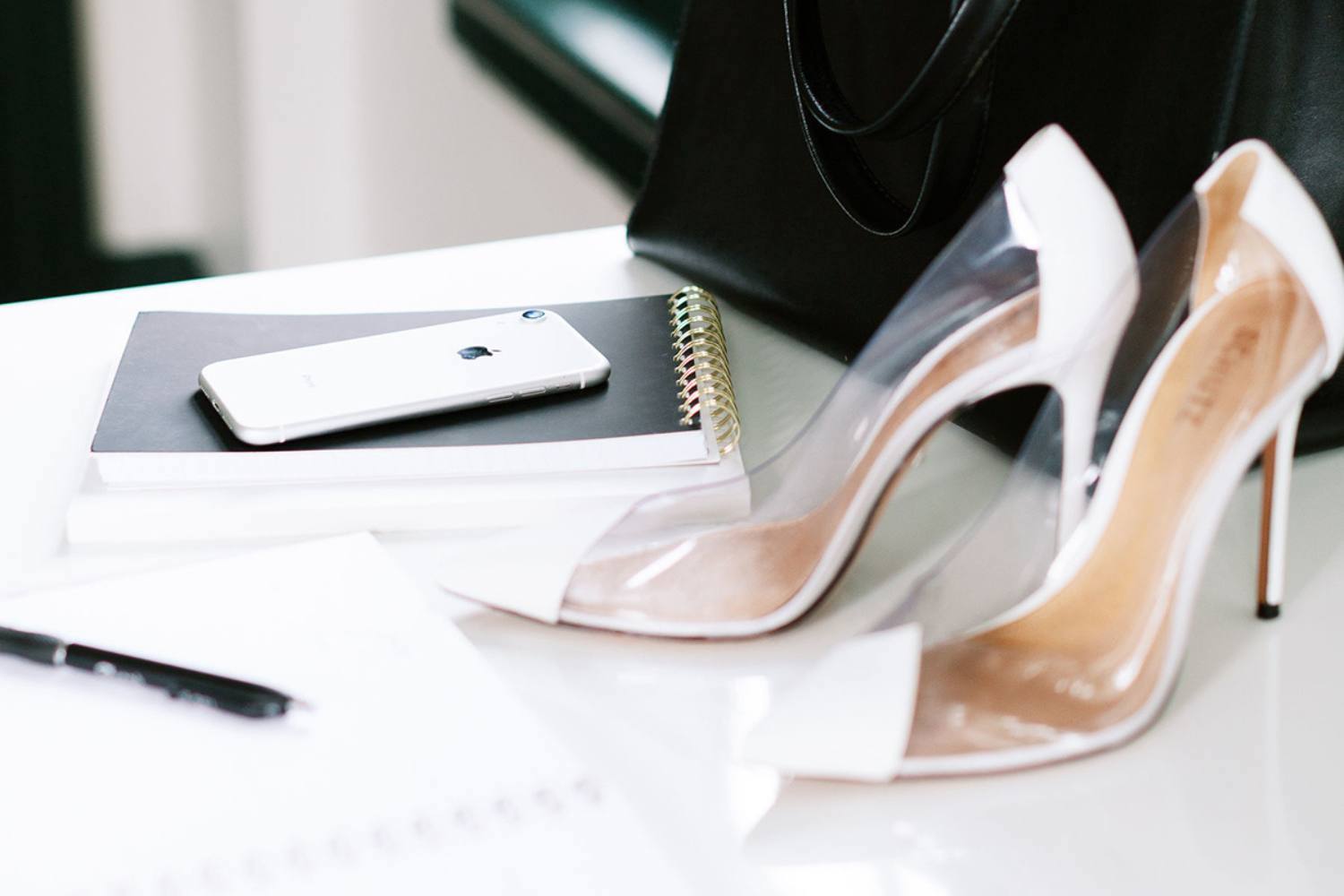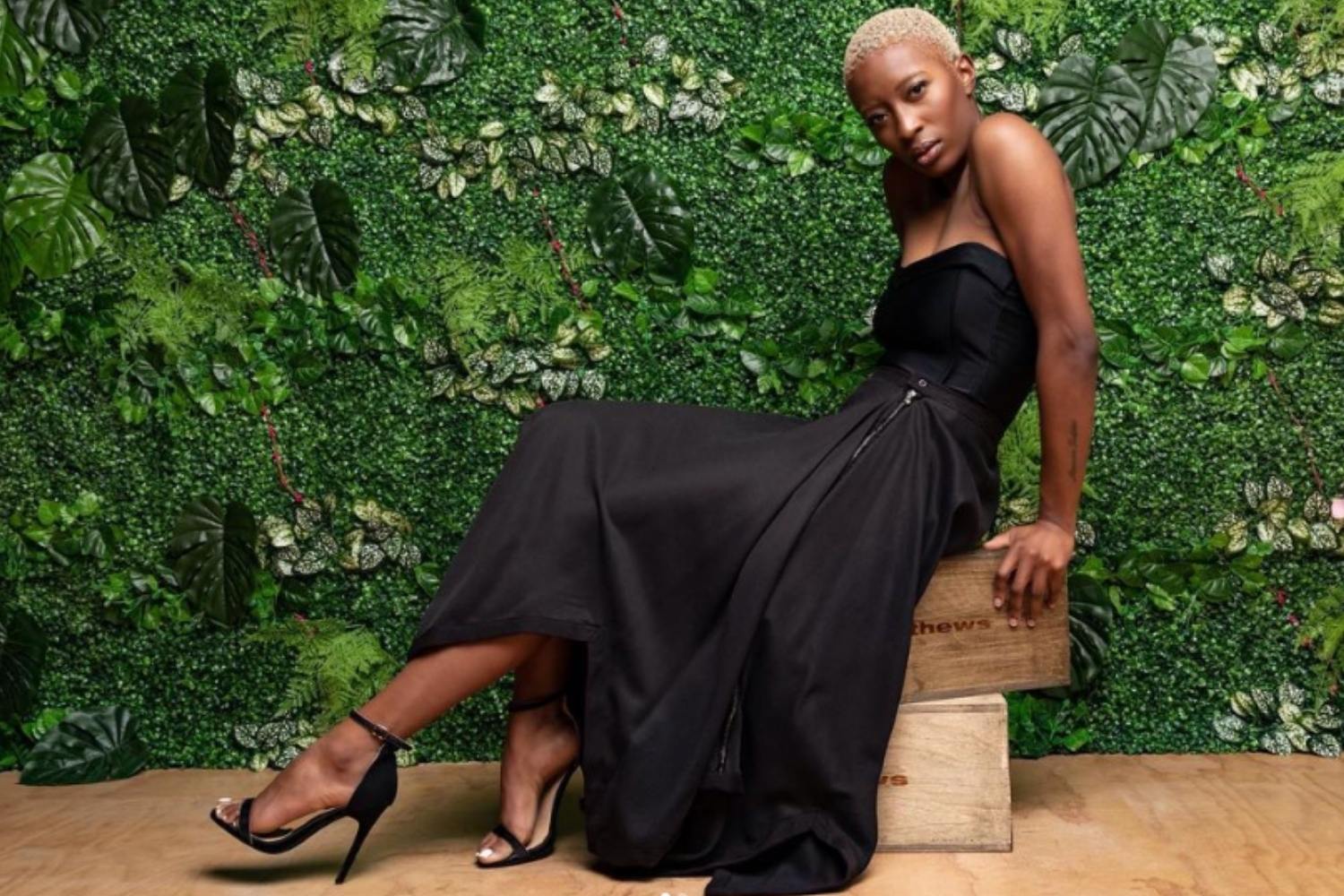
Sustainable style in an era of overconsumption
Can you shop ethically and still be stylish? It’s possible.
I used to be a personal stylist, editing clients’ closets and shopping to fill the gaps. One of my main stops was the Nordstrom on Chicago’s Michigan Avenue. The variety made it an efficient destination, the salespeople were helpful, and the return policy was generous.
But when you shop for a living, you start noticing things. Like the sheer amount of merchandise constantly coming in. I started to wonder what happened to all the stuff that didn’t make it out of the store. Where did it go? Where would it end up? I started to see the fashion industry as a giant cycle of manufactured demand and supply that resulted in a lot of waste. And it kind of nauseated me.
For the most part, my efforts resulted in less waste: I helped my clients find clothes and accessories they loved and would wear over and over again, so they didn’t need to buy as much. I liked that aspect of the work. But for other clients, I was basically hired to pick out luxury items to fill their already-stuffed closets. Being so close to the neverending hunger of the capitalist machine was unsettling.
Many others have already written extensively about a lack of sustainability in the fashion industry and the problems with fast fashion in particular (including Ways to dress more sustainably in a world of fast fashion by Anne Holub), so I won’t go into them here. But the question remains:
How do you indulge in a love of fashion and style ethically and sustainably?
As much as the idea of opting out of the system entirely is attractive, most of us aren’t able to weave fabric or make our own clothes like some modern-day fashion Thoreau. But we can educate ourselves about how we can find and buy clothes and accessories with an eye to greater sustainability and better labor practices.
To get some industry insights, I talked to my friend Jamie Hayes, the designer and boutique owner at Production Mode, which specializes in “slow fashion” that’s ethically made. She also taught the inaugural Sustainable Fashion Practice course at Columbia College Chicago. Jamie reminded me the abundance of choice in clothing we have today is a relatively recent phenomenon dating back only a couple of decades — people used to buy less and take care of it, and clothes were generally of higher quality and more expensive.
Still, she admits, “It’s hard as a person who loves style to not want 4,000 options.” And figuring out how to ensure what you buy was made sustainably and ethically “is a lot for the individual to take on and manage.” Real industry change, she says, must come through things like advocacy, organizing, and legislation.

Keep your wardrobe fresh while minimizing your impact on the earth and avoiding human exploitation
Purchase fewer items of higher quality
Clothes and accessories that are made by people who are paid fairly and use sustainable or ethically sourced materials cost more money. But here you’ll still have to do your research: even though clothes at J. Crew are more expensive than at H&M, that doesn’t mean their practices are sustainable or ethical. One way to get more clarity on what goes into making a label’s clothes is to buy from local or independent designers. Smaller brands and designers tend to keep manufacturing closer to their base of operations, and they’re often more open about their practices. Plus, you’ll be supporting a small business, which is always good. Higher-quality items will also last longer with proper care, so you won’t have to replace them as often.
Choose natural fabrics
Most clothes today are made from synthetics, which Jamie points out are generally plastics and chemicals that take longer to break down in landfills. Anti-wrinkle fabrics are also often coated in formaldehyde. Natural fibers do break down faster, but there are ways to make clothing last longer, including washing them in cold water and not throwing them in the laundry after every single wearing (which also saves water and energy). “Washing and drying is what ruins your clothing over time,” she says.
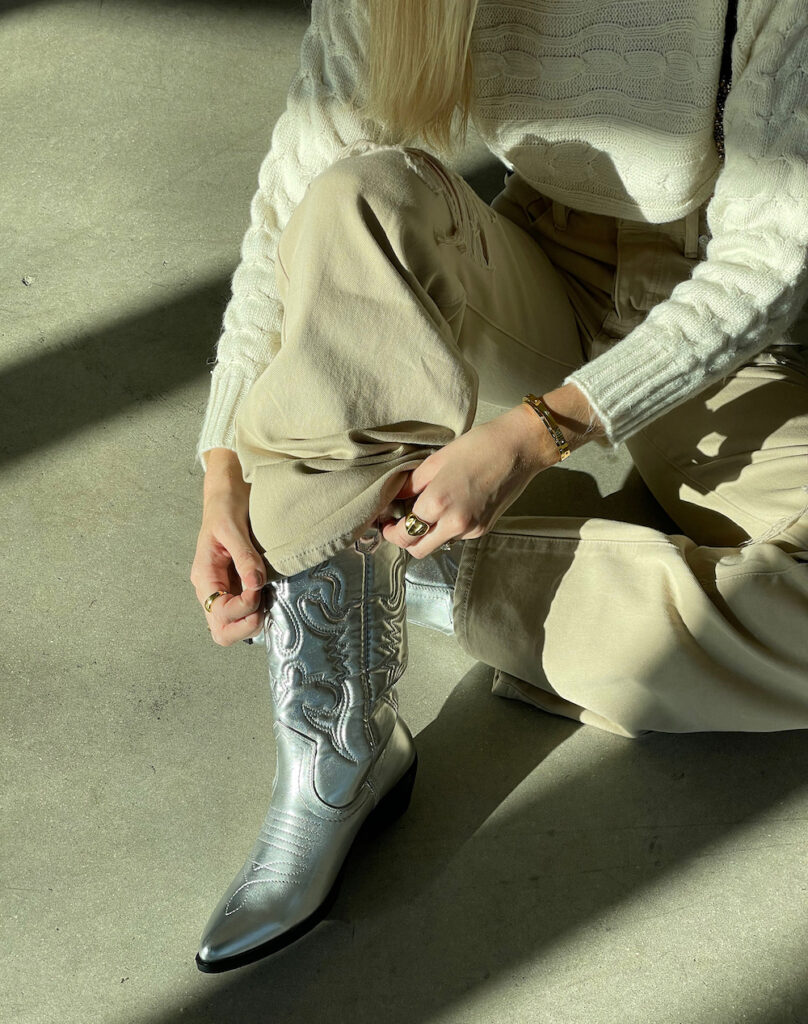
Buy more vintage and secondhand
There are more options beyond spending hours in thrift stores – you can find gently used designer and other clothing online on sites like Thredup and Poshmark.
Shop your closet
A classic tactic for getting the most out of what you have, this involves seeing what new combinations you can make with your existing pieces, reducing the number of new items you might need to buy. In our 40s and 50s, we’ve typically amassed a fairly sizable wardrobe, and it can be fun to take a few hours and put together some new ensembles. The restriction can actually spur creativity! Conversely, it can also help you see where there might be a glaring gap — such as for a basic piece like a white button-down shirt or a wide belt. Then you can shop with a specific item in mind, making it less likely that you’ll get distracted by things you don’t need.
Shopping more consciously means you’re voting with your dollars to divert those resources to brands and designers that use them consciously and ethically … .
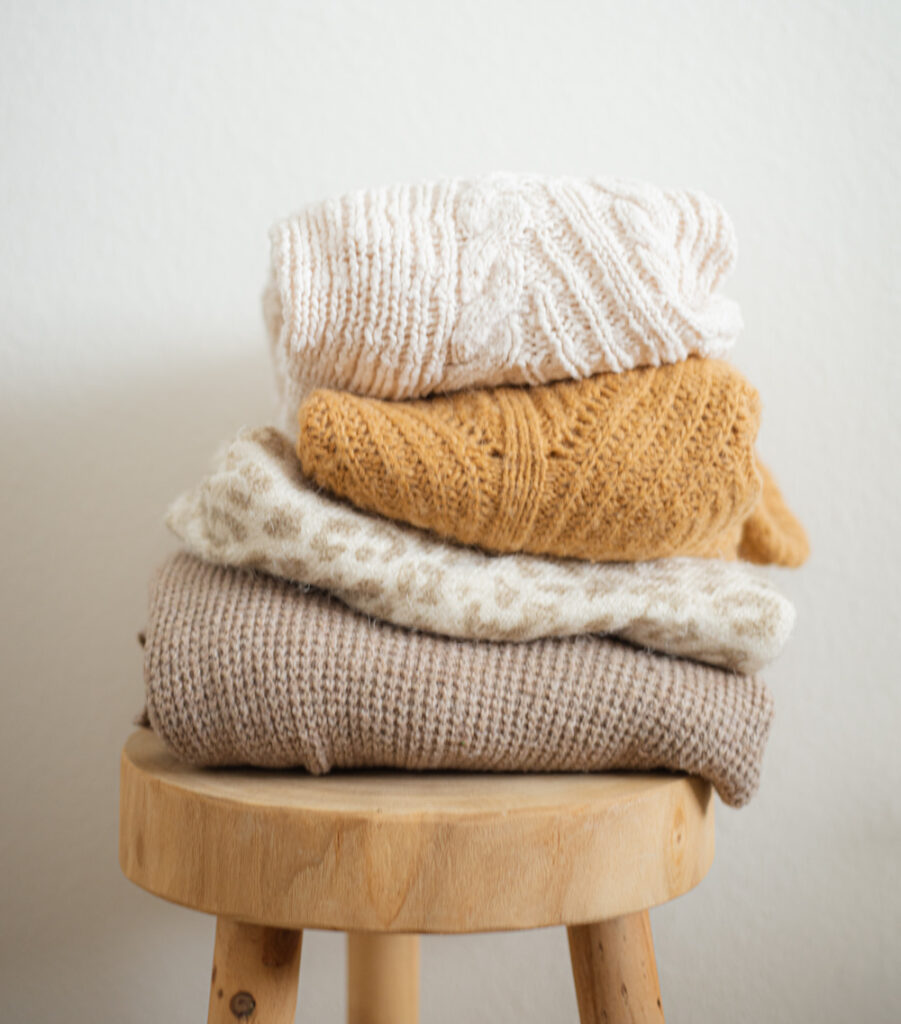
Mend or repurpose
Do you have a little pile of clothes with a hole or a tear? Commit to getting them repaired so you can put them back in rotation instead of replacing them. Even some things that seem beyond hope could benefit from visible mending, which highlights a fix with colorful embroidery or a patch rather than trying to hide it. You might also be able to repurpose items by taking them to a creative local designer or tailor.
Hold a clothing swap
This is a fun way to get “new” stuff for free, especially if you have some nicer things you don’t necessarily want to put in a donation box. Ask your friends to bring their high-quality, gently worn castoffs. Things that they’re sick of or no longer fit them might be perfect for you or someone else, and you get the satisfaction of knowing your items found a good home.
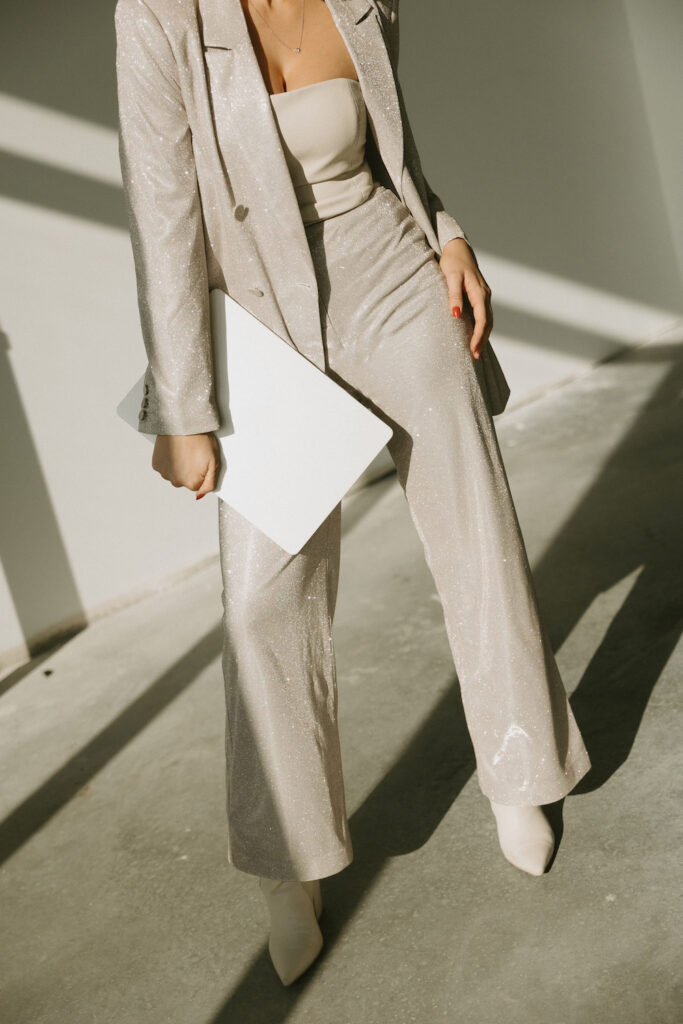
Consider a few bespoke items
This can be pricey and time-consuming, so I’m not suggesting to have an entire wardrobe made. But perhaps there’s a dress pattern you’ve always liked, or you want to re-create a favorite blouse. A talented seamstress or tailor can make it for you, and you’ll have a custom-made piece that fits you perfectly.
Try to avoid fast fashion
“Don’t buy SHEIN,” Jamie pleads, pointing out the company’s egregious working conditions and the environmental costs of its manufacturing practices. If you must indulge occasionally, even H&M is a better choice.
“Nothing is perfect — everything that you consume requires energy and human capital,” says Jamie. Shopping more consciously means you’re voting with your dollars to divert those resources to brands and designers that use them consciously and ethically, which can mean more of them will stay in business and that others might follow their lead.
Shopping and building your wardrobe consciously also can be freeing in that you also start to see how the fashion industry manipulates the public into buying more through trends and planned obsolescence. Style is ultimately about personal choice and expression, and what better way of asserting yours than by refusing to play by the rules?

